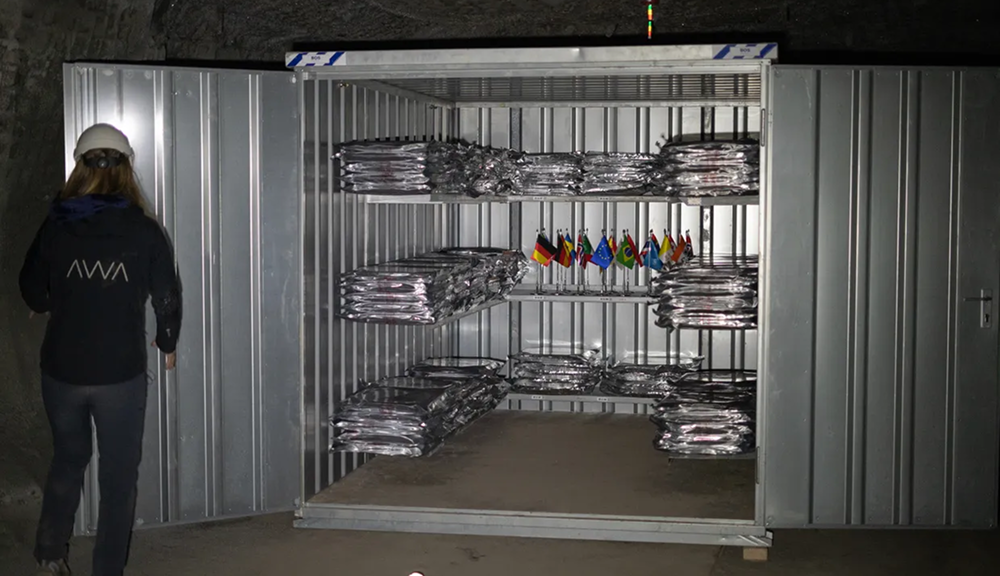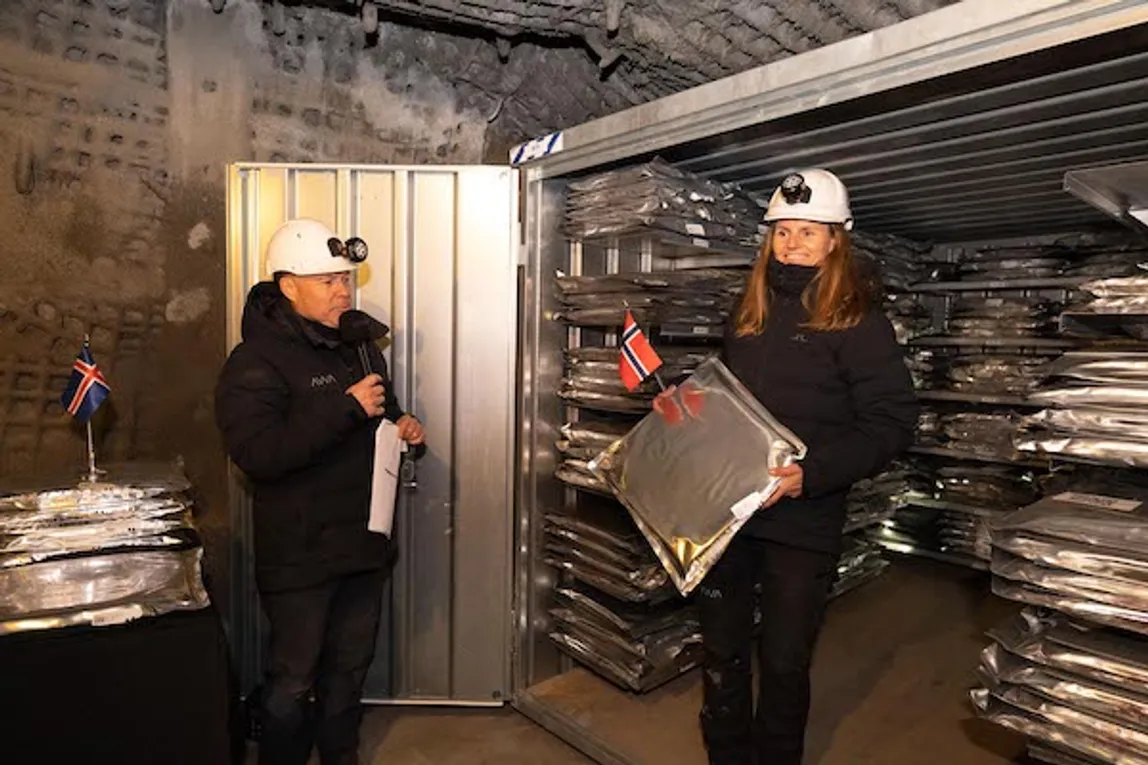

The volume of digital information grows at an unprecedented pace, yet archives face the challenge of ensuring it remains safe and accessible for centuries. Online and cloud-based systems, while convenient, are increasingly vulnerable: in 2024, the average cost of a data breach reached USD 4.88 million, and even the renowned Internet Archive was hacked, exposing data for 31 million users. Such events highlight the risks of relying solely on always-connected platforms.
Beyond cybersecurity, archives must contend with bit rot, digital obsolescence, and dependence on commercial providers. Scholars warn of a possible “digital dark age” where cultural records may be lost due to unreadable or vanished formats.
For institutions charged with safeguarding memory, offline data storage is not a fallback but a necessity, even if most of them have never heard about the solution…
What is offline data storage, exactly?
Offline data storage refers to any system that keeps digital information disconnected from the internet and day-to-day operational networks. Unlike cloud solutions or online servers, offline systems remain isolated, making them immune to cyberattacks, accidental deletions, or unauthorized access.
Online vs offline storage?
The difference between online and offline approaches lies in exposure.

- Online repositories, while accessible, are continuously vulnerable to malware, hacking, and infrastructure outages.
- Offline storage, by contrast, ensures that offline storage data remains untouched by these external risks. This makes it particularly valuable for institutions responsible for protecting irreplaceable cultural heritage.
Another defining feature of offline storage is its long-term perspective.
While online systems evolve with rapid technology cycles, offline solutions can be designed for durability. Media such as archival-grade film, magnetic tape, or write-once optical discs allow archives to preserve content for decades or even centuries without constant migration. For example, film-based offline storage has demonstrated lifespans of 2000+ years under proper conditions.

In practical terms, offline storage means more than disconnecting a server. It requires a deliberate infrastructure built around security, environmental control, and future readability.
For archives, the mission is not just to store information but to protect it from loss, manipulation, and obsolescence. With cyberattacks costing institutions millions annually and studies showing that digital content disappears quickly once online, the case for offline data storage is clear. Offline storage ensures that archives retain independence, authenticity, and resilience against the uncertainties of the digital age.
AWA’s solution for offline data storage
At the Arctic World Archive (AWA), offline storage is our core mission.
Located deep within the permafrost of Svalbard, our facility provides one of the best environments on Earth for long-term digital preservation. Data is stored offline, entirely isolated from the internet, and written onto archival-grade film designed to last for over 2000 years.

This approach combines physical security with technological foresight. The vault itself is protected by natural Arctic conditions and geopolitical stability, while the film medium ensures future readability without dependence on proprietary software or hardware.
In other words, archives stored with AWA remain accessible across centuries, regardless of how digital formats or cloud vendors evolve. Institutions around the world — from UNESCO to national archives and museums — already trust AWA with their most valuable records. By combining offline storage data with a unique location and technology, we provide a solution that ensures cultural heritage and institutional memory will endure for generations to come.
As the world produces more digital content than ever before, archives and institutions face the critical responsibility of ensuring that knowledge remains secure, authentic, and accessible for centuries. Offline data storage offers the most reliable path forward — protecting cultural heritage from cyber threats, digital decay, and the shifting priorities of commercial providers.
If your institution is ready to take the next step in long-term digital preservation, we invite you to get in touch with us.


